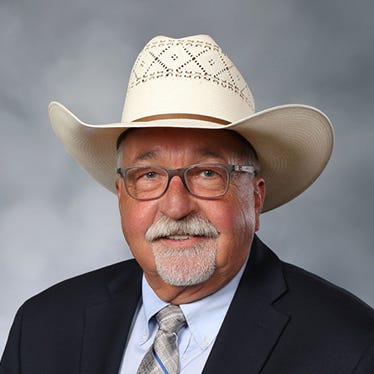December 1, 2023

I was about 12 years of age (the mid-1960s) when I really started paying attention to the cattle market. By that time, I had started purchasing weaned, lightweight calves in the fall, feeding them grain and hay throughout the winter, and then selling them at 600 pounds sometime around June of the next year. I always hoped for, but rarely achieved, the goal of 25 cents per pound. At that price, I knew I could make a decent profit.
Last month, I sold a group of 600-pound calves for a little over $2.50 per pound — 10 times what I hoped for 60 years ago. I should be wallowing in cash, right?
Wrong.
When I was spending sleepless nights praying for my calves to bring 25 cents per pound, gasoline cost 19 cents per gallon. Today, where I live, gasoline is $2.89 per gallon, or 15 times what it cost in 1965. And we all know it’s been a lot higher.
In 1966, my father bought the only new vehicle he ever owned. The half-ton truck cost him $1,975. A similarly equipped truck of the same brand would cost around $40,000 today, or 20 times the price he paid in the mid-1960s.
I can well remember my father complaining at having to spend $5 per acre to fertilize his hay and pasture fields. This past spring, I spent a little more than $120 per acre for an equivalent analysis and amount. That figures out to 24 times as much, and I didn’t even apply fertilizer last year because it would have cost about $200 per acre.
I apologize if I have sounded like a whiner with my rantings about the disparities between the prices of the products we sell compared to the cost of our inputs. Truly, I am thankful for $2.50 feeder-calf prices, and, yes, I made a little money on calves this year, but only because I’m an old man who no longer has to make land and equipment payments.
Many years ago, I wrote a satirical column about how our entire U.S. economy was centered around and driven by the price of black walnuts. As one of the few ways of generating extra income on our farm, my sister and I picked up hundreds of pounds of these native nuts, for $2 per hundred pounds. I recently noticed that the price being paid this year is $16 per hundred pounds, or only eight times what I earned 60 years ago.
At least the price of feeder calves has outperformed black walnuts.
About the Author(s)
You May Also Like






